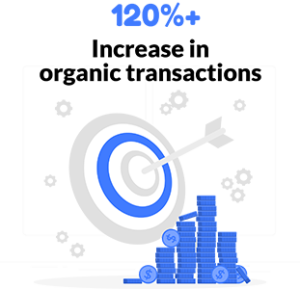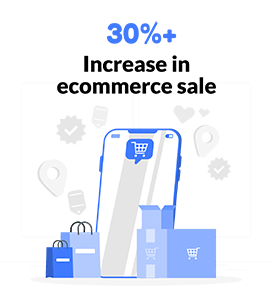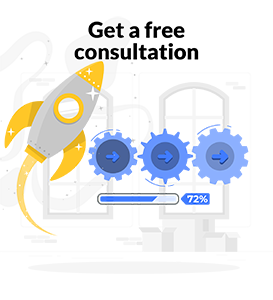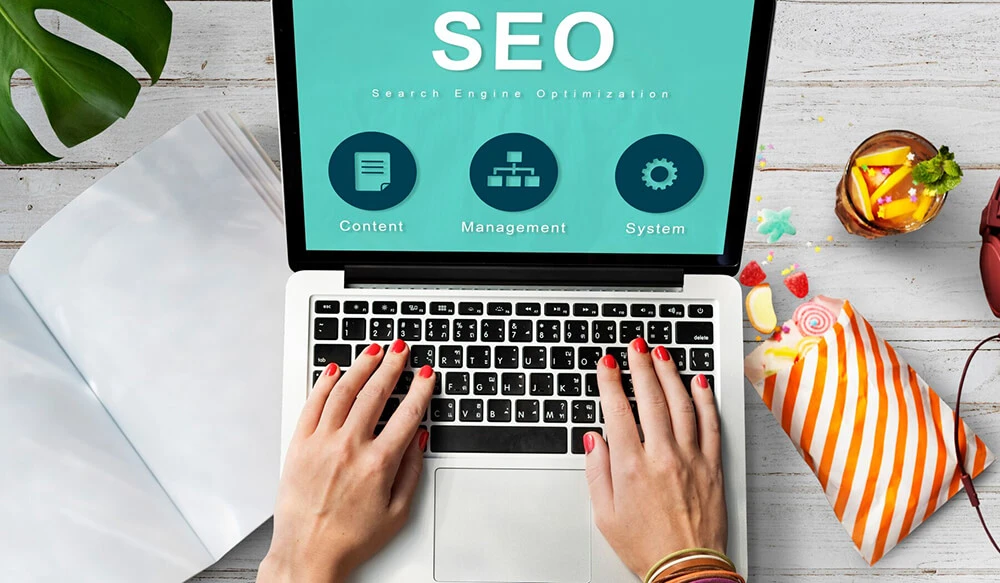What is Omnichannel Marketing? Definition, Tips, and Examples
The term “omnichannel marketing” gets thrown around a lot, but it’s not as simple as it sounds. Omnichannel is about providing customers with consistent experiences across multiple channels, or touchpoints.
The idea of omnichannel marketing stems from the convergence of different channels into one. Meaning, a single experience for customers. So, if you see an ad for a product on Facebook and decide to buy it on Amazon, those two companies have successfully integrated their digital strategy into one seamless transaction. An example of horizontal integration between the two channels. Vertical integration refers to when two different brands within a company merge together.”
What is Omnichannel marketing?
Omnichannel marketing is the convergence of multiple marketing channels. It is to provide customers with a seamless shopping experience. The idea behind omnichannel marketing is that you can engage customers across multiple channels. So, you can use data from one channel. This data informs your engagement with another, creating a fluid experience for customers. So, when they move through their purchase funnel.
An example of this might be someone who starts their search for information about your product or service online. Then, finds what they need during a phone call with an agent at your company before placing an order using mobile technology in-store.

Why was Omnichannel marketing created?
Omnichannel marketing was created as a way to strengthen customer engagement, but it can also improve your business’s bottom line. It’s important to note that using omnichannel does not mean having the same marketing strategy for all channels. You need to tailor your strategy for each channel accordingly.
Is Omnichannel marketing complicated?
Omnichannel marketing is not as complicated as it may sound. It is about delivering consistent experiences across all touchpoints. It’s the ability to use all the different channels a customer uses to interact with your brand. So, you can make sure they are consistent in their messaging, design, and products.
The number of channels at our disposal has grown exponentially over the last few years.
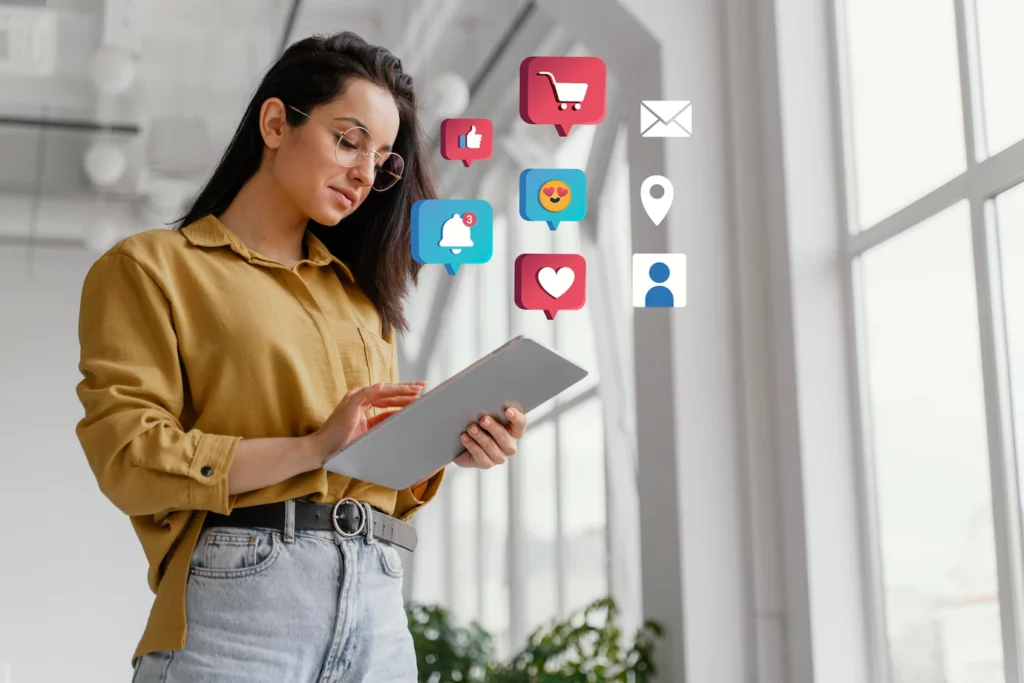
Three main types of Omnichannel Marketing
In order to understand omnichannel marketing, it’s important to understand communication channel platforms. It allows you to reach your audience in a specific way. For example, if you want to reach customers on social media, then Facebook and Instagram might be good channels for you. There are three types of omnichannel marketing:
- Horizontal integration,
- Vertical integration,
- Parallel integration.
Horizontal integration
It is when a company uses multiple channels to reach its audience. For example, if you have a Facebook page and a Pinterest account, then these are two different channels that you’re using to reach customers. You can also do horizontal integration with email marketing. You can send emails through your website or through an app like MailChimp or Constant Contact.
Vertical integration
It is when a company uses multiple channels to reach its audience. Also, when it integrates the content within those channels. For example, when you’re sending an email about your new product line. Then, that email might include an embedded video or image from one of your social media platforms.
Parallel integration
It is when a company uses multiple channels to reach its audience but doesn’t integrate its content.
For example, if you have a Facebook page and an Instagram account, then these are two different channels that you’re using to reach customers. You can also do parallel integration by sending emails through your website or through an app like MailChimp or Constant Contact.
Omni-channel customer experience examples include:
Amazon
One of the best examples of omnichannel marketing is Amazon. This store has a wide range of products and services, like books, music, TV shows and movies. It also provides free shipping on all eligible purchases with no minimum order size.
Amazon understands its customers’ needs by providing them a good customer experience through its channels such as website design, social media presence, mobile apps and more. Here are some things you can learn from Amazon’s omnichannel approach:
The company offers a wide variety of products and services that can be purchased through different channels like desktop computers or smartphones/tablets (online), TV sets (television), cars (automotive) etc., making it easy for customers to access information about any product they want on their preferred device at any given time without having to switch from one platform to another or go back-and-forth between them during their purchase journey.
AirBnB
AirBnB is a website where people can list, find and rent unique spaces around the world that act as alternative accommodation options. It’s a great example of omnichannel marketing because it offers customers a seamless online and offline experience.
Starbucks
Starbucks is the world’s largest coffeehouse chain, with more than 28,000 stores in over 75 countries. It’s also a pioneer of consumer loyalty programs and mobile ordering apps that allow customers to pre-pay for their drinks before they even enter the store. For example, you can order your favorite Frappuccino via an app on your phone or tablet and pick it up at the counter when you arrive at your destination. This saves time for both Starbucks employees and its customers who don’t have to wait in line to pay after receiving their drink or food item from an employee behind the counter.
Sephora
Sephora is a makeup and beauty retailer that offers an excellent omnichannel experience for both customers and employees. Customers can access the company’s mobile app, which allows them to search its inventory of products and place orders. They can also shop on the Sephora website or in one of its physical stores.
In addition to its online presence, Sephora has built loyalty programs into all its channels. This includes rewards points that are earned when customers use the company’s credit card or spend money at any location (both in person and online). Loyalty members receive special perks like complimentary shipping on orders over $50, discounts on purchases during birthdays/anniversaries/other special occasions, early access to new products/collections before they go on sale publicly etc.)
Coca-Cola
The Coca-Cola Company is a global brand that has been around for over a century, so it makes sense that they know how to do many things well. For example, Coca-Cola has created a strong presence on social media and uses it to engage with fans in fun ways. They’ve also mastered the art of brick-and-mortar stores; you can find Coke products at grocery stores all over the world.
You can learn more about Coca-Cola’s marketing strategies on their website here!
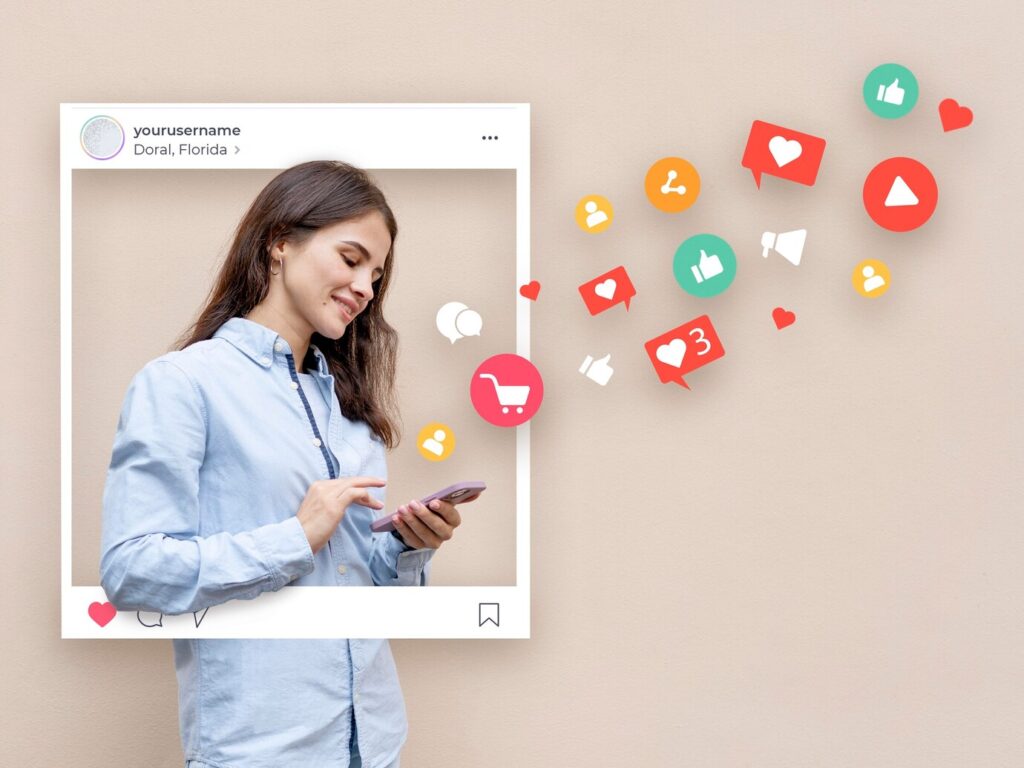
Is focusing on one channel at a time the best?
While you may think that focusing on one channel at a time is the best way to develop and maintain your audience, omnichannel marketing is actually better for your business in the long run. Customers want a seamless experience when they buy something. Thus, if you’re only catering to their needs via one medium, then there’s bound to be friction. By implementing omnichannel marketing strategies into your business practices, you’ll provide customers with the most complete purchasing experience possible while also increasing brand awareness across the board.
Omnichannel marketing isn’t just about social media or ecommerce; it can be applied to any type of media used by businesses. When done properly, omnichannel marketing can increase customer satisfaction as well as improve conversion rates across all platforms. And, it’s an affordable way for small businesses without huge budgets to compete with larger corporations on advertising costs alone!

Customers want you to have a seamless shopping experience
Customers want you to have a seamless shopping experience no matter where they begin their journey. Omnichannel marketing means having your brand consistently present at every touchpoint, so if a customer searches for products online, finds something they like and decides they want to learn more about it before buying it, they can go into your store and try on the same product in person.
There’s no need to stress out about omnichannel marketing being too complicated. It’s not as complicated as you might think! To start off with an easy win, think about making sure you have one central website where customers can find all of your information about products and services. This will make it easier for them to find what they’re looking for when they visit different parts of the internet instead of having multiple sites that all have similar content but aren’t linked together (and therefore not optimized).
Conclusion
As we move toward an increasingly digital world, the importance of omnichannel marketing will only continue to grow. Consumers have high expectations when it comes to engaging with brands, so it’s important that businesses keep up with these trends. In order to do this effectively, they need systems and processes in place that allow them to deliver consistent experiences across all touchpoints from beginning until end. This means having one platform where all data is stored securely so teams can work collaboratively on campaigns no matter where they are located or what device they use — whether that’s a laptop in an office or tablet on their commute home from work!
Curious about the ins and outs of digital marketing?
Subscribe to our email newsletter for the latest digital marketing insights, and also make sure to read our blogs. See you next time!
